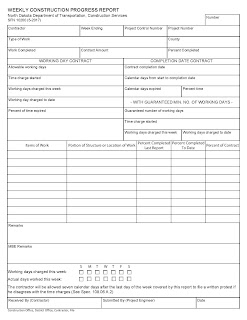HONEYCOMBS IN CONCRETE AND REMEDIES
HONEYCOMBS IN CONCRETE AND REMEDIES Honeycombs are hollow spaces and cavities left in concrete mass on a surface or inside the concrete mass where concrete could not reach. These look like honey bees nest. When concrete is poured into the formwork it does not just flow in like water and fill up the forms to the top. The concrete has to be vibrated for ease of flow and to form a uniform surface. If it is not vibrated properly it may leave voids exposing the aggregate. The surface on concrete appears as a rough, pitted with voids in concrete resulting incomplete filling with the gap between the aggregates of the concrete against the formwork. Such type of surface and texture on concrete resemblance like a Honeycomb in a beehive of Honey Bee. This scenario can happen on any structural element- Columns, Beams,, Lift Walls, Foundation of any type, etc. Honeycombs which are on sides are visible to naked eyes and can be detected easily as soon shuttering is removed. Honeycombs that ...



